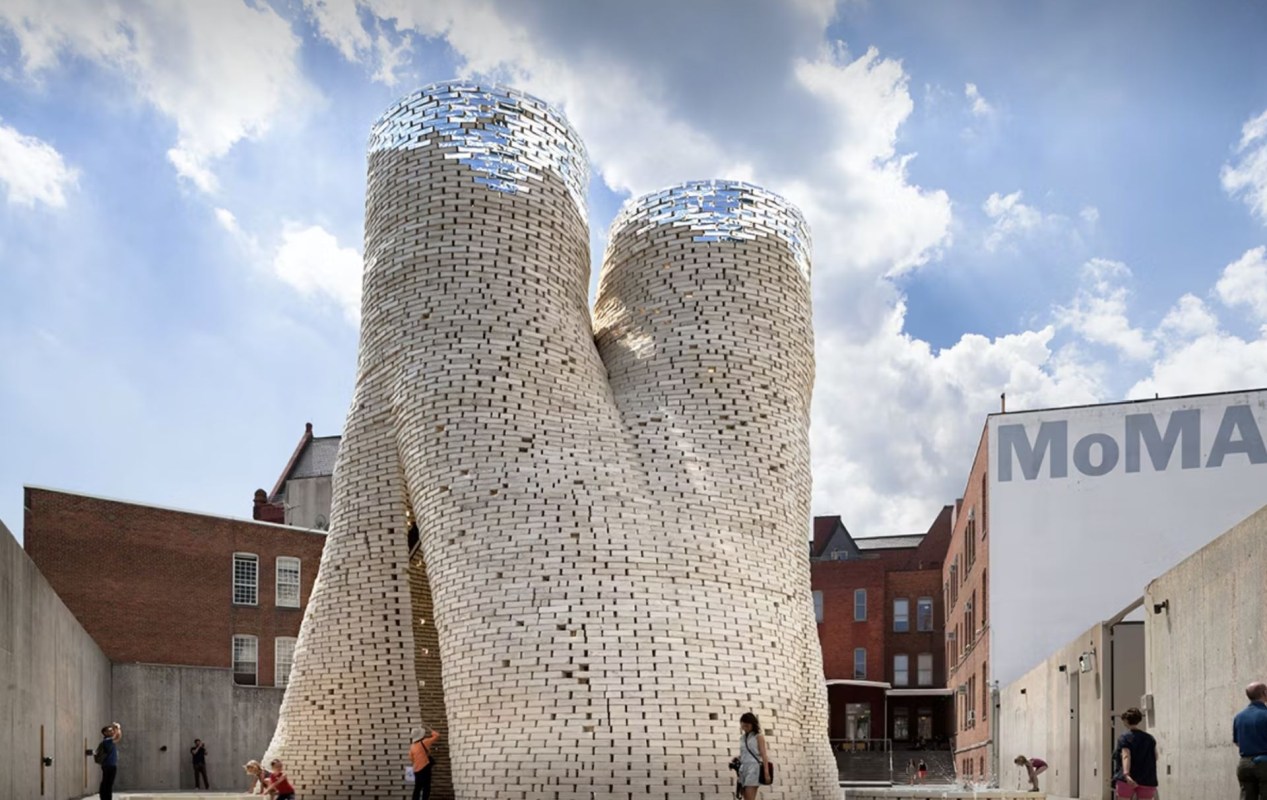Mushrooms are incredibly versatile — capable of transforming from a simple toadstool into materials such as leather and medicine. But they may also become a core material in buildings of the future by way of mycelium bricks.
What are mycelium bricks?
Mycelium bricks are made out of mushrooms, specifically microscopic fungi fibers that can be found in agricultural waste, like straw or chaff.
Mycelium is the rootlike material at the base of a mushroom. It can grow to fill different spaces or shapes when it is combined with organic material. It is also extremely strong and water-resistant — one study even suggested that mycelium bricks are bulletproof.
Why you should care about mycelium bricks
The building and construction sector was responsible for around 37% of the world's energy and process-related carbon dioxide emissions in 2021, which had increased since before the pandemic. This means that the industry is far from on track to meet its goals to decarbonize by 2050 and must dramatically reduce its polluting practices.
One area where there is room for improvement is in its production of building materials. The cement industry alone accounts for at least 8% of the world's carbon dioxide emissions.
This is because the core ingredient in cement is limestone, which releases CO2 as a byproduct when heated. Lighting the kiln that heats the limestone also releases polluting gas.
Mycelium bricks, by comparison, act as a carbon sink, meaning that they sequester carbon for as long as the building is still standing. As a result, they are a good low-carbon solution for a building industry attempting to reduce its CO2 emissions.
New York architects The Living, along with sustainable design and engineering consultancy firm Arup (which provided the structural engineering), debuted the Hy-Fi tower at MoMA's 2014 Young Architect's Program. It was a first-of-its-kind biodegradable tower made out of mycelium bricks.
"[The Hy-Fi] is the first sizeable structure to claim near-zero carbon emissions in its construction process," MoMA curator Pedro Gadanho told Dezeen in 2014. "[I]t reinvents the most basic component of architecture — the brick — as both a material of the future and a classic trigger for open-ended design possibilities."
How mycelium brick structures like the Hy-Fi tower make building design sustainable
The Hy-Fi mushroom tower is an example of a low-carbon design that also helps reduce waste associated with construction.
Although mushroom bricks emit some carbon when the mycelium is growing, one study found a 1.5- to 6-fold reduction in carbon emissions compared to more traditional building materials.
The Hy-Fi design goes one step further by incorporating reflective bricks at the top of the structure, which bounce light down into the tower. Gaps between the bricks also enable natural ventilation; this reduces the energy needed to light and cool the tower.
Because its organic bricks are biodegradable, any leftover waste can then be composted — and may one day help mitigate some of the 20 million tons of construction waste produced each year.
Join our free newsletter for weekly updates on the coolest innovations improving our lives and saving our planet.









